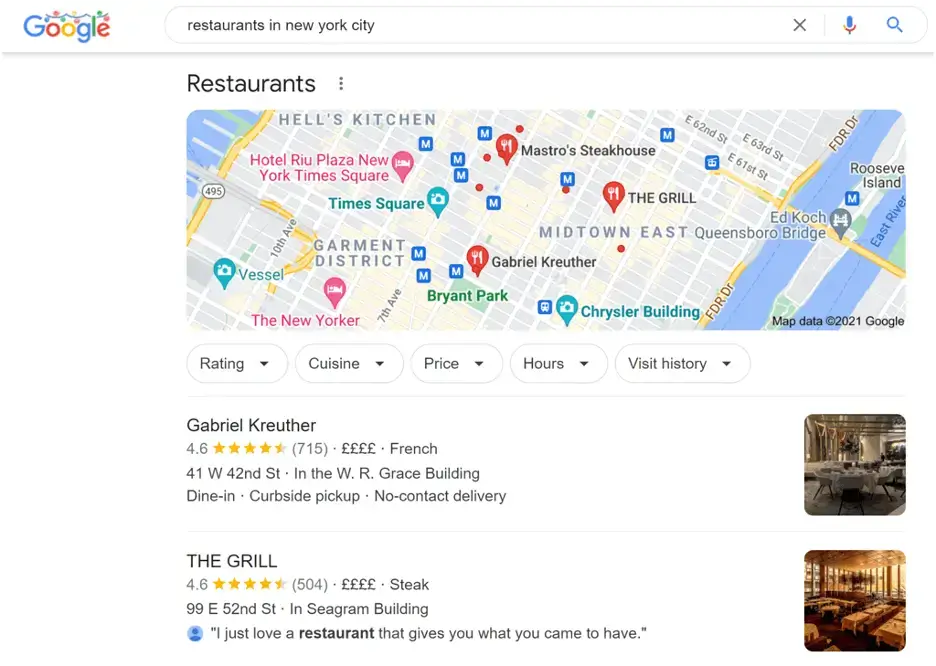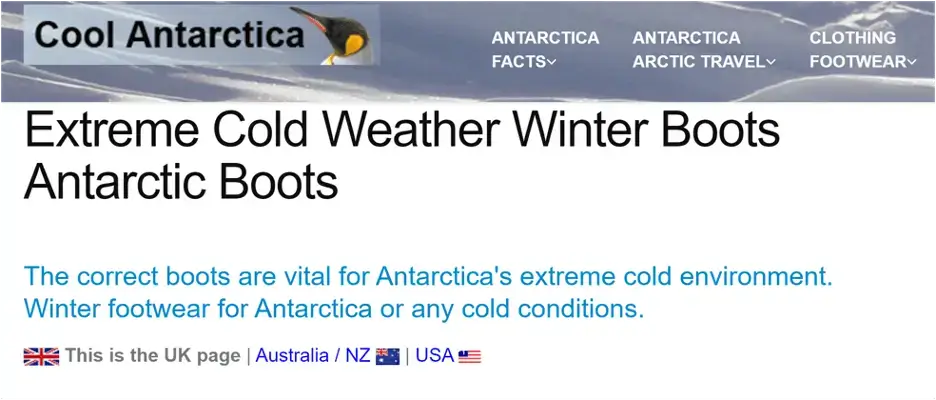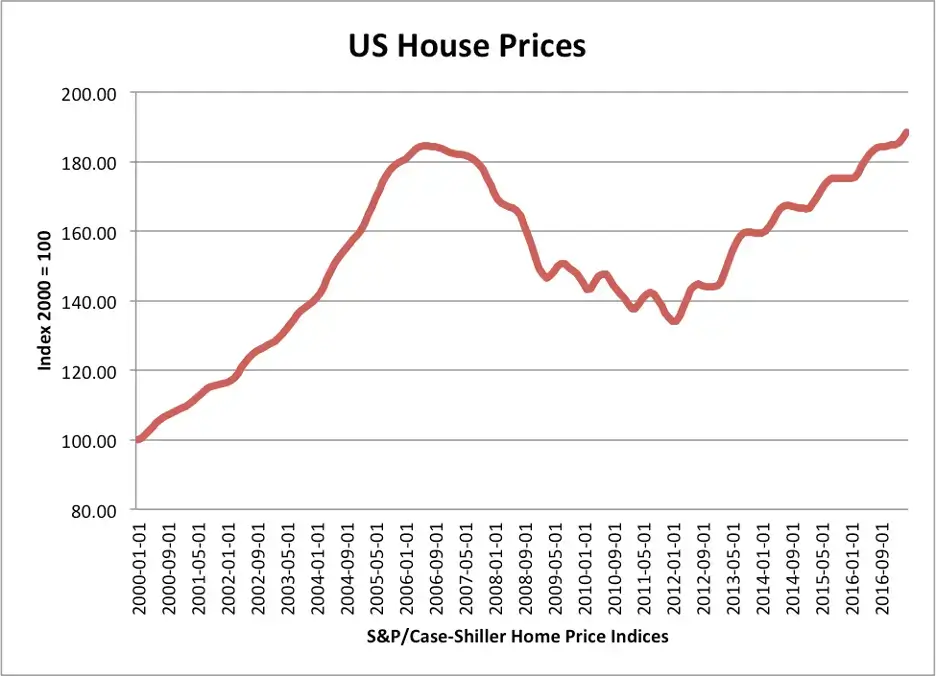What is geographic segmentation?
Geographic segmentation is a marketing strategy used to target products or services at people who live in, or shop at, a particular location. It works on the principle that people in that location have similar needs, wants, and cultural considerations. By understanding what people in that area require, brands can target more relevant marketing messages and suitable products to customers who are then aware and more likely to buy.
Why is it important to segment customers based on geographical variables?
- It makes your brand relevant: targeted marketing campaigns attract customers and increase revenue because they appeal to the needs and wants within a geographic location, triggering purchases.
- You save money: your marketing budget is more efficient when it offers appropriate and available products and services, rather than being wasted on promoting things that nobody needs
- It’s easy: Location information is objective, easy to measure and analyse, and cheaper than psychographic, demographic or behavioural segmentation
- Larger companies: can offer different or more relevant products in different geographic areas, and market them more efficiently there
- Smaller companies: can target marketing directly at their specific areas of interest and target audience, rather than taking an inefficient blanket approach
eBook: How to Drive Profits with Customer Segmentation
Geographic segmentation advantages
As you have a finite amount of money to spend on marketing, geographic segmentation will give you the best chance of successfully connecting with specific audiences. Here’s what it can do for your organisation:
- Increase profits: As geographic segmentation allows you to target specific audiences and deliver tailored marketing campaigns, you can generate profits faster while saving time and money.
- Drive growth: By targeting the right people, you can increase sales and drive business growth. Ensure you revisit your geographic segmentation regularly — especially when entering new markets or advertising new products — to get the best value from your campaigns.
- Focus efforts: Geographic segmentation allows you to target location-specific keywords and demands. This is incredibly useful if you’re operating with a smaller budget or want to develop awareness in a particular region.
- Improve communication: Every region has different needs, shopping habits and ways of doing business. Geographic segmentation takes into consideration the way people communicate within regions and communities. With this kind of insight, you can move forward with confidence and ensure a high engagement rate from the start.
Geographic variables (with geographic segmentation example list)
There are several geographic parameters (or types of market segmentation) you can use to focus your marketing efforts and target your customer base. Each geographic segmentation example explores the different variables, to give you a better picture of how to use it in practice in your target market.
Location
This variable can impact geographic segmentation by covering a small area, like a neighbourhood, or a large area like a continent, with towns, cities, states and countries in between.
If companies have your location data, it may impact the kinds of sales ad messages you receive. For example, if you’re looking for nearby restaurants in New York City, then Google search results will use your location (based on your device’s IP address) to search for places to go in a small radius.

Another way products differ by location is through target market buying preferences. For example, Nike in the US is likely to focus on American football and baseball , while you’re unlikely to see American football or baseball commercials in Europe – you’ll see product ads for Soccer (Football in Europe) instead.
If you’re targeting a new geographic location with your segmentation strategy, ensure you understand the nuances of the regions you want to operate in!

Image Source: Nike
Climate
Climate segmentation involves selling products that are appropriate for the climate, weather, and season in a particular area. This means that the right products and services are chosen for the climate.
For example, if you’re planning a trip to Antarctica, warm clothes and boots will be crucial to keep you comfortable and safe. Therefore, if you’re a winter boots manufacturer like Cool Antarctica, your product marketing strategy revolves around targeting people who are searching for holidays in that region.

Image Source: CoolAntarctica
Culture
You may have to adapt your products to take account of cultural variations and sensitivities. In different countries and regions, it’s not culturally acceptable to serve certain products or some customs prescribe a certain dress code.
For example, with McDonald’s, the company takes into consideration cultural differences. In India, McDonald’s doesn’t serve any beef or pork in any form, in any of their outlets. Instead of ground beef and pork patties, the McDonald’s menu in India features Indian burgers that are 100% vegetarian.
The reason for this is that diets in India have been affected by different religions for centuries. Hindus don’t eat beef — and the cow is considered sacred. Since the majority of the population follows Hinduism, there’s no beef on McDonalds’ menu in India. There’s also no pork out of respect for Muslims.
Also, different countries will enjoy different flavours and often have unique items, such as Thailand McDonald’s (Samurai Pork Burger) vs. UK McDonald’s (Mozzarella Dippers).

Population
An integral factor of your marketing efforts is understanding the potential customers within your geographic location. Population density or population type will help make effective marketing campaigns because you’re more likely to relate to and serve customers within your target audience groups.
A brand may choose to market in cities rather than rural areas because there are simply more target buyers, and urban distribution is easier. On the other hand, a Chinese grocery store would do more trade in a city area with South Asian communities, than in a less diverse rural farming village.
For example, in China and Japan, capsule hotels are an increasingly popular method of accommodation for Japanese citizens who want to keep costs low. For tourists, on the other hand, demand for traditional hotels is on the up.

Urban, suburban and rural
These different environments – across urban, suburban, and rural communities – require different marketing strategies.
Customer needs are different: e.g. a car manufacturer may target their smaller, electric vehicles at city and suburb dwellers, while rural customers may enjoy larger, four-wheel-drive cars.
Generally, customers in cities and suburbs have more purchasing power than rural areas, so products can be more expensive. The site Realtor.com recently ranked Salt Lake City as the No. 1 housing market positioned for growth in 2022, providing a 15.2% year-over-year sales growth.

Image Source: Forbes
Language
Not everyone can, or wants to, read marketing in English, Spanish, or Mandarin. It’s essential to use languages of targeted areas for labelling, online communication, and promotion. More than 20% of the population in the US speaks a language other than English at home, according to 2017 U.S. Census data.
There’s a lot of support for this with marketing platforms – for example, Google Ads says it offers language targeting, which lets you target your ads to potential customers who use Google products and third-party websites based on the languages those customers understand.
Language learning brand Berlitz used language misunderstanding very effectively to connect two geographic segments at once (German and English) in the famous TV ad about a new German Coastguard on his first day at work:
Examples of how organisations use geographic segmentation
There are many ways geographic segmentation might be applied in different scenarios, such as:
- A pool supplies manufacturer targets warmer, sunnier climates
- A liberal political action group has more success fundraising in the Pacific Northwest rather than the Southeast
- A clothing retailer adjusts its inventory according to the weather and styles of its store locations
- Restaurant chains customise their menus according to the local tastes and ingredients available in their areas
- Local businesses open locations in areas where the average income is appropriate for the price of their goods
- Home security companies may have more success focusing on high-crime areas
- Retail businesses are more likely to be successful in high-population areas
- Healthcare organisations may provide Spanish language service options in areas with large Hispanic communities
How to build a geographic customer profile
There are many tools that can help you layout a geographic segmentation strategy:
Survey research
One of the first tools businesses turn to in order to understand the geographic preferences of their customer base is to conduct survey research. Here are four survey research approaches you may want to consider:
- Take a random sample of your customer base and ask about their product preferences. Filter the results by region to breakout geographic preferences.
- Use conjoint analysis methodology to rank order product traits using trade-off questions and filter results by state or region to understand which regional differences exist.
- Test your messaging and advertising concepts with prospects in different areas to understand where different messages are well or poorly received.
- Survey your employees in different regions to understand how engagement may affect the customer experience they are providing per region.
Sales data
Check your operational sales data to see where product sales are increased or decreased by region. Consider trends in seasonality to understand how they affect your sales by region. Combine your sales operational data with your customer experience and survey data to pick up trends by region.
Website data
Use web traffic tracking patterns by region to see where your traffic is coming from. Conduct analysis on the types of products that ship to various regions to pick up differences in purchase preferences.
Mobile usage data
Mobile devices present unique opportunities to better understand customers by very specific location – sometimes down to the foot. By using app-based location services available with most smartphones, you can send the right message at the right time with pinpoint accuracy.
Social media profiles
Social media data can provide tremendous insights into the location preferences of your customers and prospects. Many social media platforms even allow you to target messaging by area or zip code.
Secondary data sources
Many third-party technologies and agencies specialise in helping you to build and execute a geographic segmentation strategy. Claritas PRIZM, Carto, and ad platforms like Google and Twitter are often able to help you target the right prospects in the right locations.
Think and act like a local company
Overall, geographic segmentation is a strategy that is crucial for any organisation that provides services that vary based on regional factors like climate, local styles, distribution differences, channel availability, culture or values.
Employing an effective marketing plan based on geographic segmentation can be a key competitive advantage for organisations that understand how to ‘think local’.
For more on how you can use these types of market segmentation to reach your target market and target audiences, check out our eBook below.
Get the eBook: How to Drive Profits with Customer Segmentation